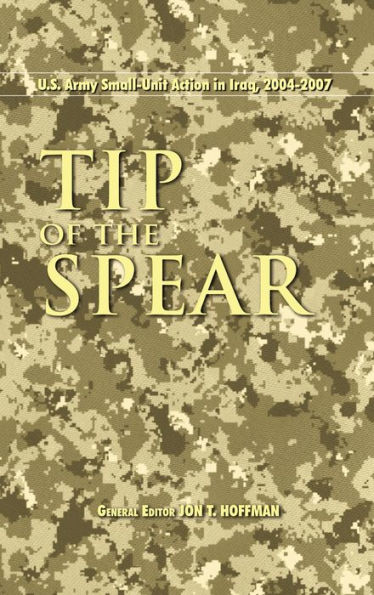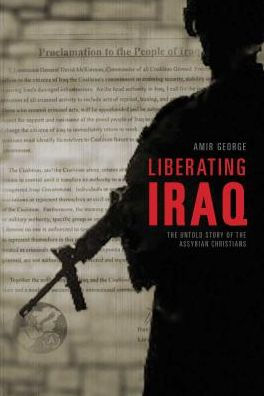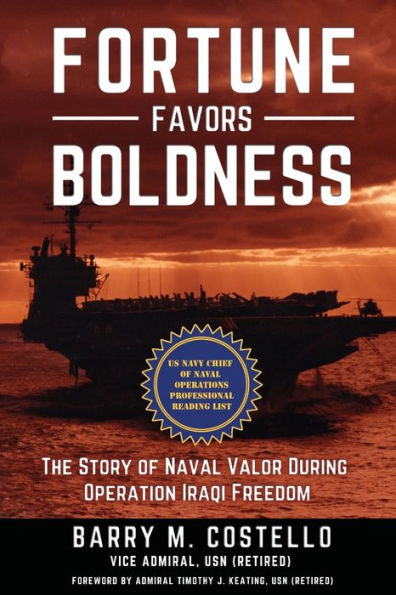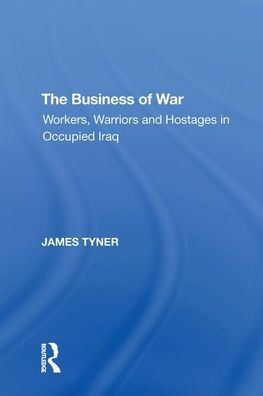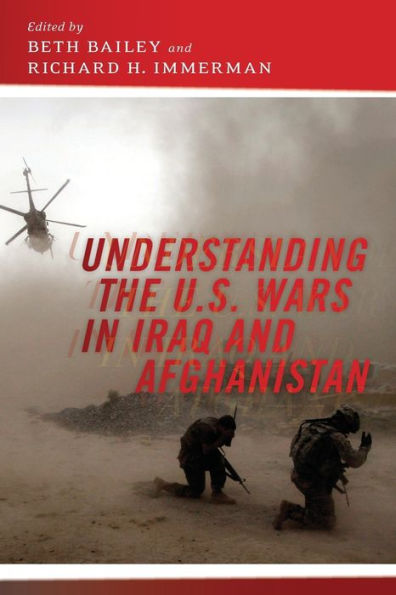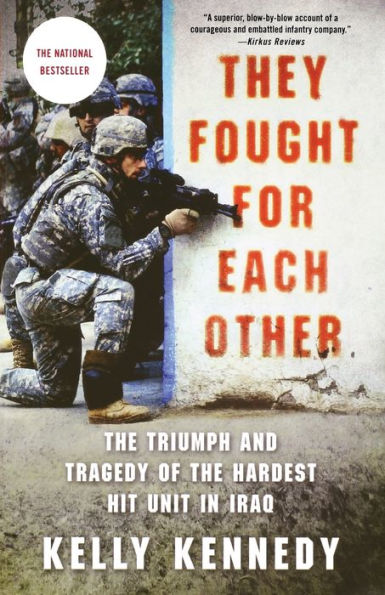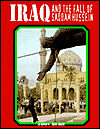Home
On Point: The United States Army in Operation IRAQI FREEDOM
Loading Inventory...
Barnes and Noble
On Point: The United States Army in Operation IRAQI FREEDOM
Current price: $33.99


Barnes and Noble
On Point: The United States Army in Operation IRAQI FREEDOM
Current price: $33.99
Loading Inventory...
Size: OS
*Product Information may vary - to confirm product availability, pricing, and additional information please contact Barnes and Noble
On Point is a study of Operation IRAQI FREEDOM (OIF) as soon after the fact as feasible. The Army leadership chartered this effort in a message to the major commands on 30 April 2003. In his guidance, Army Chief of Staff General Eric K. Shinseki directed "a quick, thorough review that looks at the US Army's performance, assesses the role it played in the joint and coalition team, and captures the strategic, operational, and tactical lessons that should be disseminated and applied in future fights." For those of us in the Operation IRAQI FREEDOM Study Group (OIF-SG), this translated into three separate products. A "quick look" lessons-learned briefing produced in July, less than 30 days after returning from the theater. On Point-this work-is the second product and was largely completed by mid-August 2003. Finally, the most significant product is the archive of 119,000 documents, some 2,300 interviews and 69,000 photos archived with the support and assistance of the Combined Arms Research Library at Fort Leavenworth, Kansas. We had straightforward guidance and a short time horizon. Simply put, On Point tells the Army's story in the only context possible-a combined-arms ground force operating in a joint environment. There is no other way for the Army to tell its story-the Army cannot get to a theater of war, let alone fight, in any context but that of a joint operation. Accordingly, the OIF-SG relied heavily on the cooperation and support of units in the field and from our colleagues on the other services' collection teams. We also drew on the more deliberate efforts of the Center of Military History and unit historians. We encountered only helpful attitudes, with the exception of one or two Iraqi combatants who fired on or threw grenades at members of the team. The joint lessons learned team from the Joint Forces Command (JFCOM) assigned a liaison offi cer to the OIF-SG who proved helpful in working with our joint counterparts. The Combined Forces Land Component Command (CFLCC ) historian, the V Corps historian, the Army Materiel Command historian, and various branch historians all were abundantly helpful. Like the soldiers bound for the theater, we trained at two different replacement centers, and most of us deployed via military or Civilian Reserve Air Fleet aircraft. Once in theater, we traveled freely throughout area of operations. Members of the team visited Europe, Turkey, and nearly a dozen sites in the US, ranging from Dover Air Force Base, Delaware, to Fort Bliss, Texas. To do this in the time allowed, we depended on others for help. We found eager and enthusiastic support at every stop. Interpreting history is difficult; interpreting ongoing events is even more difficult. On Point is not the seminal history of the OIF or even of the Army in OIF. We understand the risks of a rapidly produced history and believe they are worth taking to glean initial insights, or what General Frederick M. Franks, Jr. described after DESERT STORM as "glimmerings" of change.
